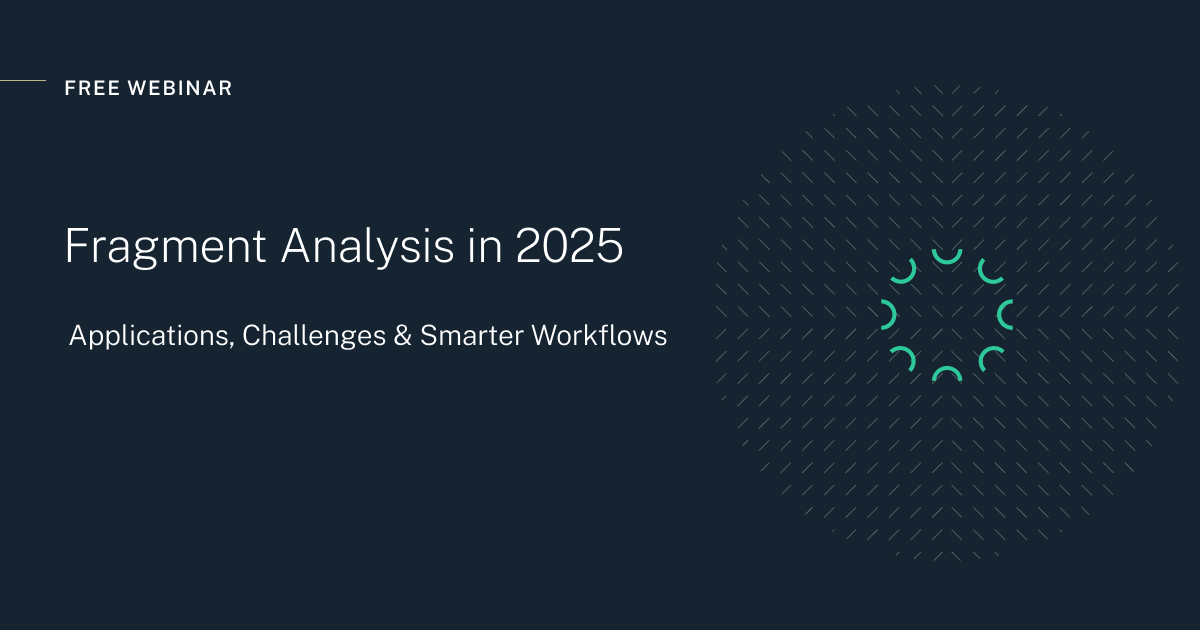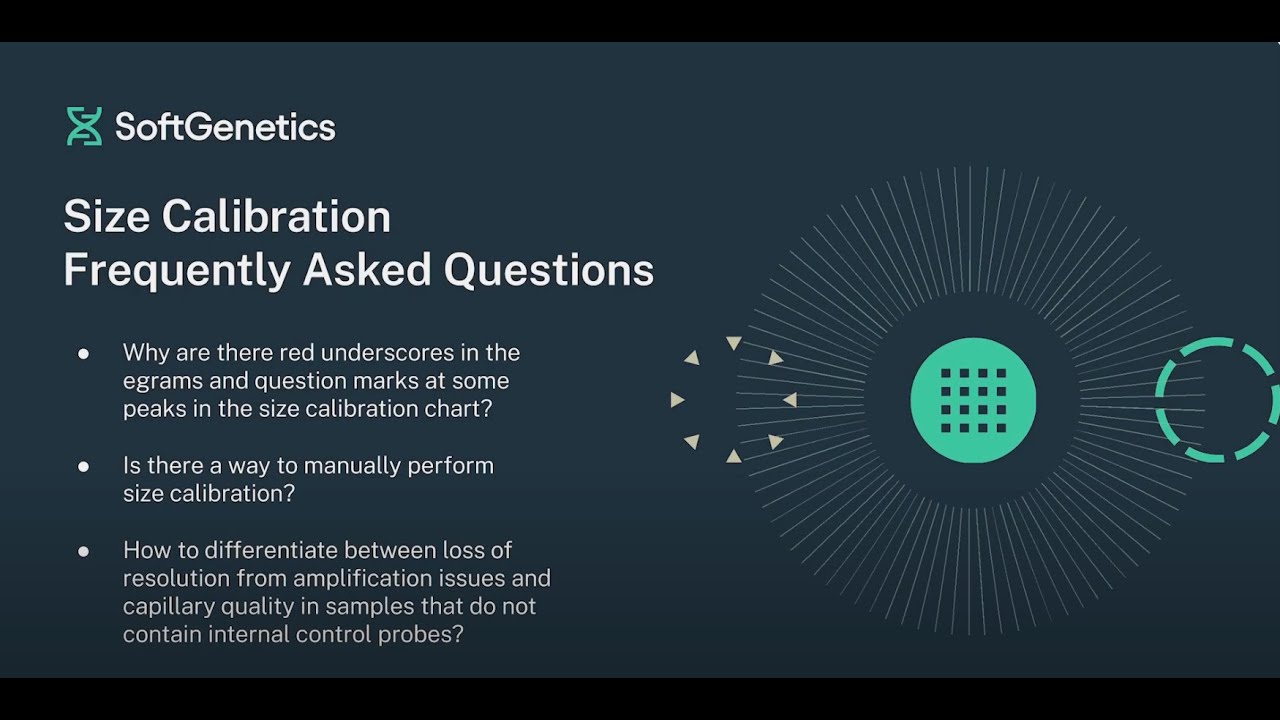What Is Variant Calling?
A Guide for New and Experienced Researchers
Variant calling is the process of identifying genetic differences between a sample and a reference genome. It’s a core part of sequencing analysis used in everything from clinical diagnostics and human identification to agriculture.
This guide outlines the basics, common workflows, and tools that streamline variant calling.
What Types of Variants Are Detected?
- SNVs (Single Nucleotide Variants)
- Indels (Insertions and Deletions)
- Structural Variants (e.g., duplications, inversions, translocations)
- Copy Number Variants (CNVs)
What Platforms Support Variant Calling?
-
Sanger Sequencing: High accuracy; useful for validation as a golden standard
-
NGS (Illumina, and many others of short reads): High-throughput, scalable
-
Long-Read (ONT, PacBio): Ideal for SVs, phasing, and difficult regions using short reads
How Variant Calling Works
-
Align reads to a reference genome
-
Preprocess data (e.g., remove duplicates, trim adapters, mask low quality points)
-
Call variants using statistical models
-
Filter and annotate to give high confidence variants and protein changes
- Interpret and validate with visualization or secondary tools
SoftGenetics Solutions
-
-
-
Mutation Surveyor®: Validated variant caller for Sanger Sequences
-
-
-
-
-
NextGENe®: End-to-end NGS variant calling with annotation and reporting
-
-
-
-
-
NextGENeLR™: Tailored for long-read variant detection
-
-
Try our Softgenetics solututions with a free 35-day trial
Advanced Consideration
Advanced variant calling workflows — especially in cancer, rare disease, or regulatory contexts — require deeper control and interpretability:
- Soft-clipped read inspection in NextGENe enables detection of insertions or SV breakpoints
- Users can filter variants using multiple quality metrics, such as:
- DP (read depth)
- MQ (mapping quality)
- SB (strand bias)
- FS (Fisher’s strand test p-value)
- DP (read depth)
- Combine somatic and germline variant filtering with CNV/LOH analysis for comprehensive tumor profiling
- Generate locked-down pipelines with fixed thresholds, automated reporting, and ISO/CLIA documentation compliance
- Support for ensemble calling, integrating outputs from GATK, FreeBayes, and VarDict
- Trio/family analysis: Identify de novo variants and Mendelian violations
- BAM-level curation and export to genome browsers or VCF annotation pipelines (e.g., Ensembl VEP)
NextGENe and NextGENeLR provide both visual interpretability, easy to use for biologists and compatibility with command-line pipelines — ideal for both clinical labs and advanced research groups.
Conclusion
Variant calling is a foundational step in genomics. Whether you’re confirming a clinical variant or exploring structural changes across the genome, SoftGenetics tools offer the control, visibility, and validation support needed to call variants confidently and accurately.
Get started with SoftGenetics today
Start your free 35-day trial















